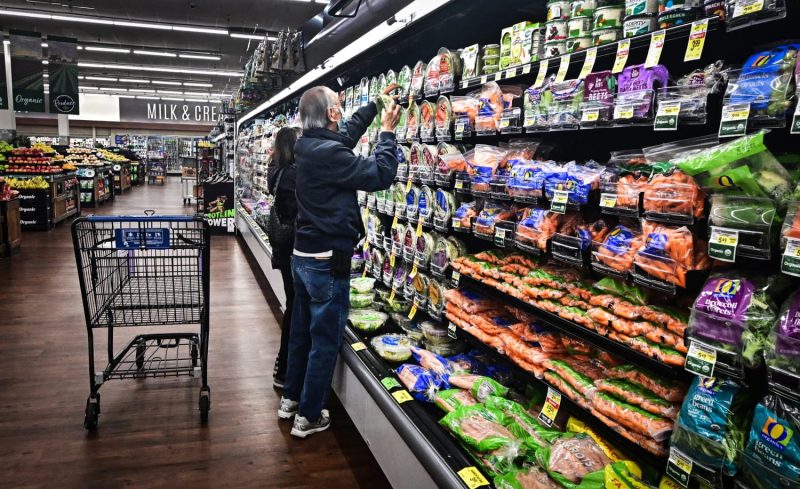Grocery shopping is an essential task for most people, but the cost of groceries has been steadily on the rise, causing many consumers to feel the pinch in their wallets. In recent years, several factors have contributed to the increase in grocery prices, making it challenging for consumers to manage their food budget effectively.
One of the primary reasons for the high cost of groceries is the rise in transportation and distribution expenses. The logistics of getting products from farms and factories to grocery stores involve various costs, such as fuel, labor, and maintenance of vehicles. As fuel prices continue to fluctuate, these expenses are passed on to consumers in the form of higher prices for goods.
Another factor contributing to the high cost of groceries is climate change and its impact on agriculture. Unpredictable weather patterns, natural disasters, and droughts can harm crops and reduce yields, leading to shortages and price spikes for certain food items. Farmers also face challenges such as rising production costs, pest invasions, and water scarcity, which all contribute to higher prices for consumers.
Furthermore, the global economy plays a significant role in determining the cost of groceries. Factors like currency fluctuations, trade policies, and supply chain disruptions can all influence the prices of imported goods and commodities. Additionally, inflation and changes in labor costs can further exacerbate the overall expenses of running a food-related business, ultimately affecting the prices that consumers see at the checkout counter.
In the face of these challenges, consumers may feel overwhelmed by the high cost of groceries and wonder how they can start to see relief in their food budget. One way to mitigate the impact of rising prices is to adopt smart shopping strategies, such as meal planning, buying in bulk, and taking advantage of sales and discounts. By being mindful of their food choices and shopping habits, consumers can stretch their dollars further and make the most of their grocery budget.
Another approach for consumers to potentially save money on groceries is to explore alternative shopping options, such as buying from local farmers’ markets, joining a community-supported agriculture (CSA) program, or growing their own produce at home. These avenues not only offer fresher and more affordable options but also support local agricultural communities and promote sustainability in food production.
Additionally, consumers can advocate for policies that promote fair pricing and transparency in the food industry. Supporting initiatives that prioritize sustainable farming practices, reduce food waste, and ensure fair wages for food workers can contribute to a more equitable and affordable food system for all.
Overall, while the high cost of groceries may seem daunting, there are steps that consumers can take to navigate the challenges and make more informed choices about their food purchases. By understanding the factors driving the increase in grocery prices and exploring creative solutions to save money, consumers can empower themselves to make more sustainable and budget-friendly food choices in the future.
